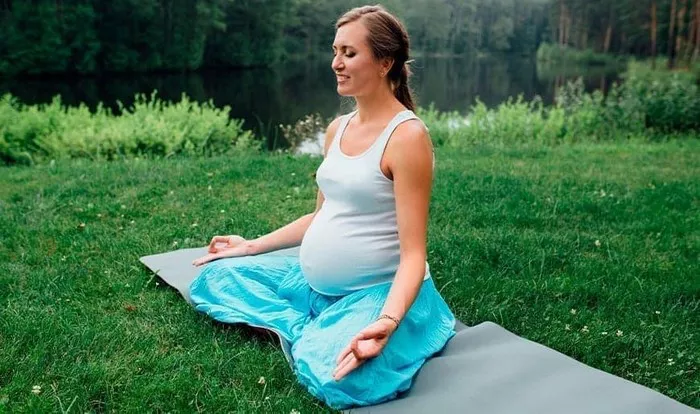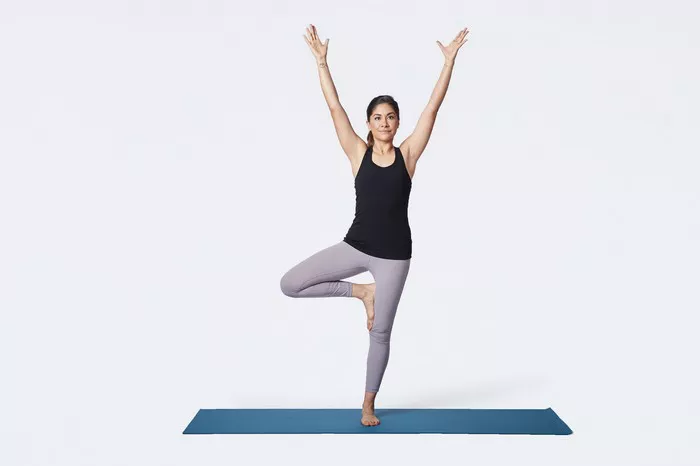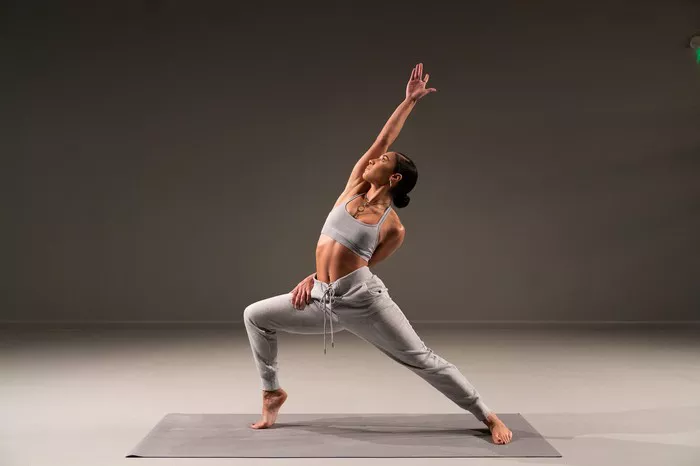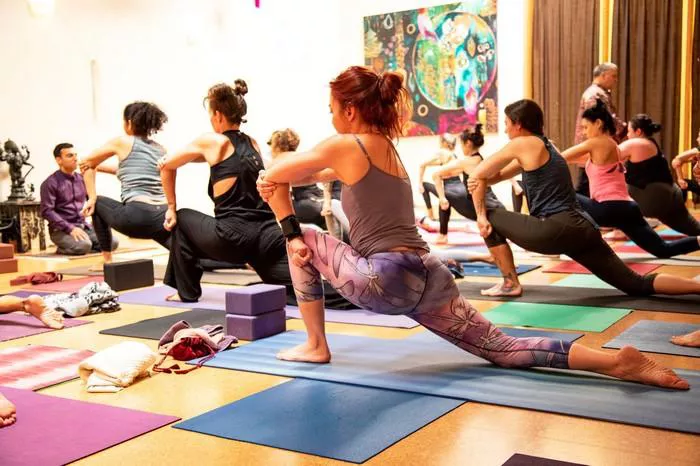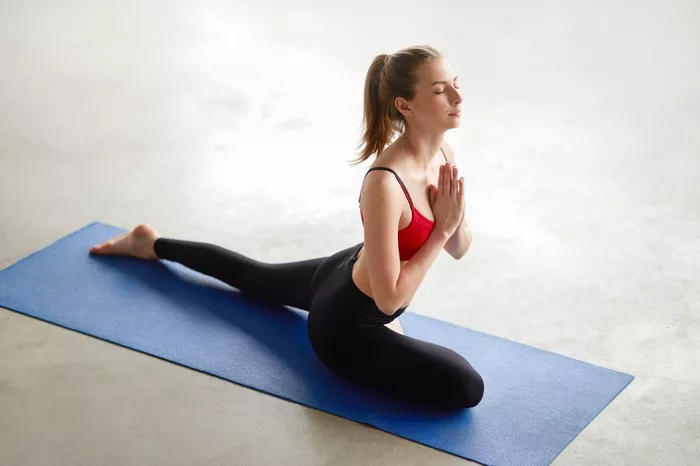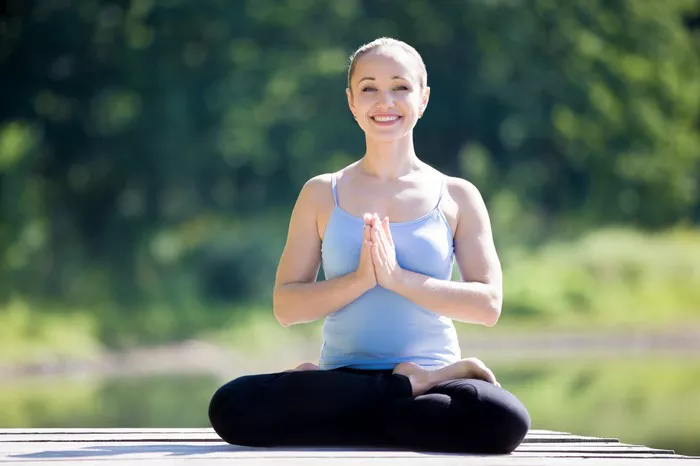Ashtanga yoga is a dynamic and structured form of yoga that follows a set sequence of postures, synchronized with breath and movement. Developed by Sri K. Pattabhi Jois, Ashtanga yoga consists of six progressive series, each with increasing levels of complexity. The first two of these series—the Primary Series (Yoga Chikitsa) and the Intermediate Series (Nadi Shodhana)—serve as the foundation for advanced Ashtanga practice.
For practitioners looking to advance in Ashtanga yoga, understanding the key differences between the Primary and Intermediate Series is crucial. These differences lie in the purpose, sequence, intensity, and physical and mental demands of each series. This article explores the distinctions between these two sequences, offering insights into their benefits, challenges, and what practitioners should consider when transitioning from Primary to Intermediate.
The Purpose of Each Series
Primary Series: Yoga Chikitsa (Yoga Therapy)
The Primary Series is often referred to as “Yoga Chikitsa,” meaning “yoga therapy.” Its primary purpose is to detoxify the body, build strength, increase flexibility, and create a solid foundation for the more demanding sequences that follow. This series focuses on:
Alignment and Stability: The postures emphasize proper form, building core strength, and preparing the body for deeper backbends and more complex movements.
Detoxification: The combination of breath (Ujjayi pranayama), movement (Vinyasa), and bandhas (energy locks) generates heat, helping to purify the body through sweat and internal cleansing.
Flexibility and Strength: While the series helps develop flexibility, it also builds muscular endurance, particularly in the legs, core, and shoulders.
Breath and Focus: Establishing the breath-movement connection (Tristhana) is fundamental in this series, training practitioners to develop meditative awareness throughout their practice.
Intermediate Series: Nadi Shodhana (Nerve Cleansing)
The Intermediate Series, known as “Nadi Shodhana” or “Nerve Cleansing,” builds upon the strength and flexibility developed in the Primary Series but shifts focus towards the nervous system. This sequence is designed to:
Purify the Nervous System: Through deep backbends, hip openers, and more challenging asanas, this series stimulates the nadis (energy channels), improving mental clarity and inner awareness.
Expand Strength and Flexibility: The postures demand greater spinal flexibility, arm strength, and control, particularly in deep backbends and more advanced transitions.
Challenge Emotional and Mental Stability: The intense nature of this series requires heightened mental focus, patience, and resilience to manage discomfort and emotional releases.
Deepen Energetic Awareness: The activation of deeper energy centers promotes spiritual growth, making the Intermediate Series not just physically but also energetically transformative.
Differences in Sequence and Postures
While both series follow a structured order, the complexity of postures in the Intermediate Series makes it significantly more challenging. Here are some key differences in sequencing:
Standing Postures
Both series begin with a similar set of standing postures, which serve as a warm-up and foundational alignment practice. However, in the Intermediate Series, some variations in these standing poses are introduced to accommodate the upcoming advanced postures.
Seated and Forward Folds
In the Primary Series, forward folds dominate the seated section, encouraging deep hamstring and hip flexibility. The Intermediate Series, while incorporating forward folds, introduces more intense spinal movements, including deep backbends and extreme hip rotations.
Backbends and Deep Spinal Work
One of the most significant differences is the emphasis on backbends in the Intermediate Series. While the Primary Series includes mild to moderate backbends such as Urdhva Dhanurasana (Upward Bow Pose), the Intermediate Series features a series of intense backbends like Kapotasana (Pigeon Pose) and Eka Pada Raja Kapotasana (One-Legged King Pigeon Pose), which require deep spinal flexibility and strong control.
Arm Balances and Inversions
The Primary Series includes foundational arm balances, but the Intermediate Series demands a higher level of upper body strength and control with postures like Pincha Mayurasana (Forearm Stand) and Karandavasana (Shoulder Pressing Pose). These postures challenge balance, endurance, and body awareness at a more advanced level.
Transitions and Vinyasas
The Intermediate Series increases the complexity of transitions between postures, incorporating more jumping movements, controlled exits from poses, and intricate weight-shifting sequences that test coordination and endurance.
Physical and Mental Demands
Physical Requirements
The Intermediate Series requires a higher level of:
Core Strength: Many transitions demand exceptional core engagement to lift and lower the body smoothly.
Shoulder and Arm Strength: Increased arm balances and inversions require well-developed upper body control.
Spinal Flexibility: Deep backbends necessitate gradual conditioning to prevent strain or injury.
Hip Mobility: More advanced hip openers require preparation and careful practice to avoid discomfort.
Mental and Emotional Challenges
Beyond the physical aspects, the Intermediate Series tests mental resilience. Practitioners often encounter frustration, fear, and emotional resistance as they work through the more challenging postures. Developing patience, humility, and a steady mindset is essential for progression.
Who Should Move to the Intermediate Series?
Advancing from the Primary to the Intermediate Series is a gradual process that should not be rushed. A practitioner should:
- Have a consistent and strong Primary Series practice with proper alignment and control.
- Be able to perform all Primary Series postures with ease and stability, especially in backbends and arm balances.
- Demonstrate steady breath control and mental focus throughout the practice.
- Be free from injuries that could be aggravated by more intense backbends and advanced transitions.
- Have guidance from an experienced teacher to ensure safe and effective progress.
Conclusion
The journey from Ashtanga’s Primary to Intermediate Series is one of deep transformation. While the Primary Series lays the foundation by purifying the body and developing strength and flexibility, the Intermediate Series builds upon this base to cleanse the nervous system, enhance energetic awareness, and cultivate deeper mental discipline.
Practitioners should approach this transition with patience, respect for their bodies, and guidance from a knowledgeable teacher. By embracing the unique challenges of each series, students can experience the profound physical, mental, and spiritual benefits that Ashtanga yoga offers.
Related Topics:





